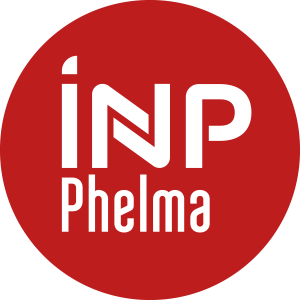Number of hours
- Lectures 10.0
- Projects 0
- Tutorials 10.0
- Internship 0
- Laboratory works 0
- Written tests 0
ECTS
ECTS 2.0
Goal(s)
Hyperspectral imaging is a non-conventional imaging mode that typically records for each pixel its reflectance in a large number of wavelengths, narrow and contiguous. This imaging mode provides a much finer discrimination of the imaged materials than the classical optical imaging sensors which operate only in three broad spectral ranges (red-green-blue). The objective of this course is to familiarize students with this imaging mode, its challenges and applications, and the specific questions raised by the high dimensionality of the data from a data science point of view.
Contact Jocelyn CHANUSSOTContent(s)
The course will present an introduction to hyperspectral imaging, its challenges and the potential offered in applications as varied as material sciences, medical imaging, environmental observations, planetary exploration or astrophysics.
We will then review the different challenges to be solved on the whole processing chain, from acquisition, corrections (atmospheric and other), denoising, and data exploitation (spectral unmixing, super-resolution, classification, segmentation...). A part of the course will be devoted to astrophysical applications.
Prerequisites
Basics in signal processing and image processing
Semester 9 - The exam is given in english only 
individual evaluation based on a report sent by the student after some bibliographic work and a short project.
same procedure, be the course taught on site or on line.
note sur 20 attribuée au rapport transmis par l'étudiant à la fin du cours.
Semester 9 - This course is given in english only 



